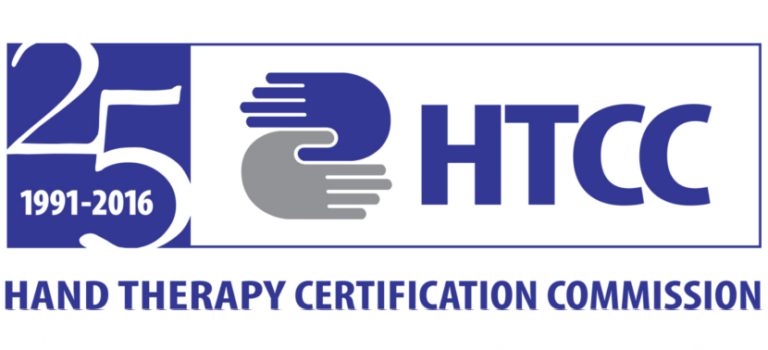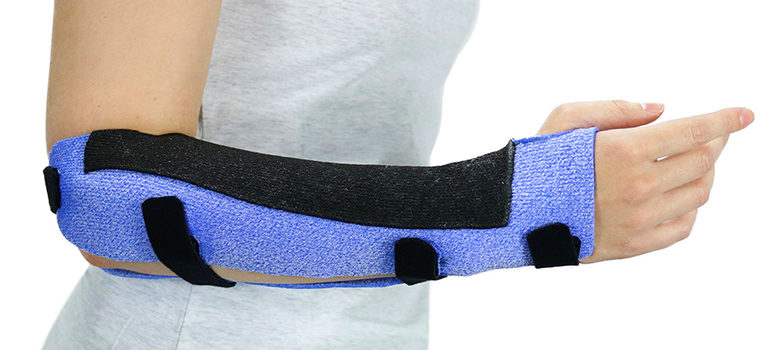
Choosing the Perfect Material for your Orthosis
The most appropriate material for effective orthotic fabrication
Choosing an appropriate thermoplastic material is one of the most important aspects of orthotic fabrication. It’s the first step to take, after you have evaluated your patient.
The wide variety of thermoplastic materials gives you all the options to perfectly customize the orthosis to your patient’s needs. If you understand the properties and possibilities of each material, you will always be able to make an informed decision.
Here are 6 points to consider when making decisions about the specific thermoplastic material to use for any given orthosis:
1. Thick or thin?
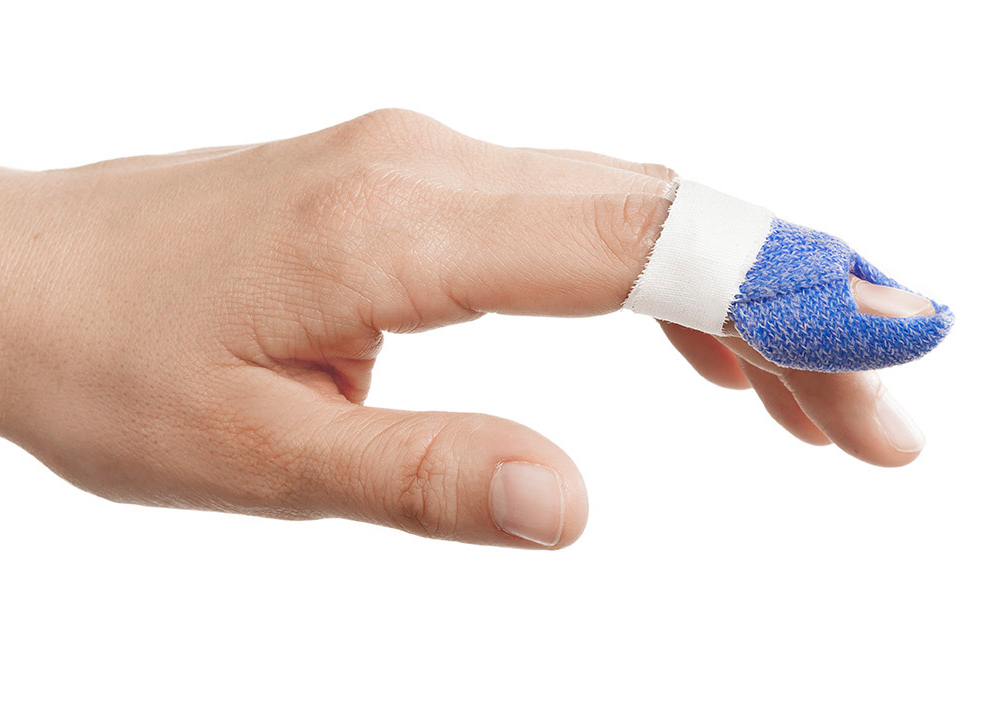
Consider the size of the extremity and/or the specific body part to be immobilized:
- 3.2 mm (1/8”) thick materials can be used to make orthoses for large adults, orthoses that include multiple joints and orthoses that must protect large joints and or compromised injuries.
- 2.0 mm (1/12”) or 2.5 mm (3/22”) materials are great for circumferential wrist designs or hand based orthoses, and even for thumb orthoses.
- 1.6 mm (1/16”) materials are ideal to fabricate orthoses for children and for fingers and thumbs. You could even use Orficast and/or Orficast More for these types of orthoses.
2. Perforated or non-perforated?
In the hot summer months, perforated materials should be your go-to choice. Patients will have a hard time wearing a purely solid thermoplastic orthosis on their injured arm without any ventilation or air getting through to the skin.
Perforated materials do require some advanced cutting skills, and extra work smoothing out the rough edges. Make sure to stretch the material evenly so all of the perforations remain equal in size.
Patients will appreciate a cotton stockinette sleeve worn underneath the orthosis to absorb perspiration.
3. Rigid or conforming?
Consider the purpose of the orthosis and the specific placement on the extremity:
- Does the orthosis need to maintain a volar based anti-tone position or protect a displaced fracture? Choose a material with a high degree of rigidity, like Orfit Eco or Orfibrace.
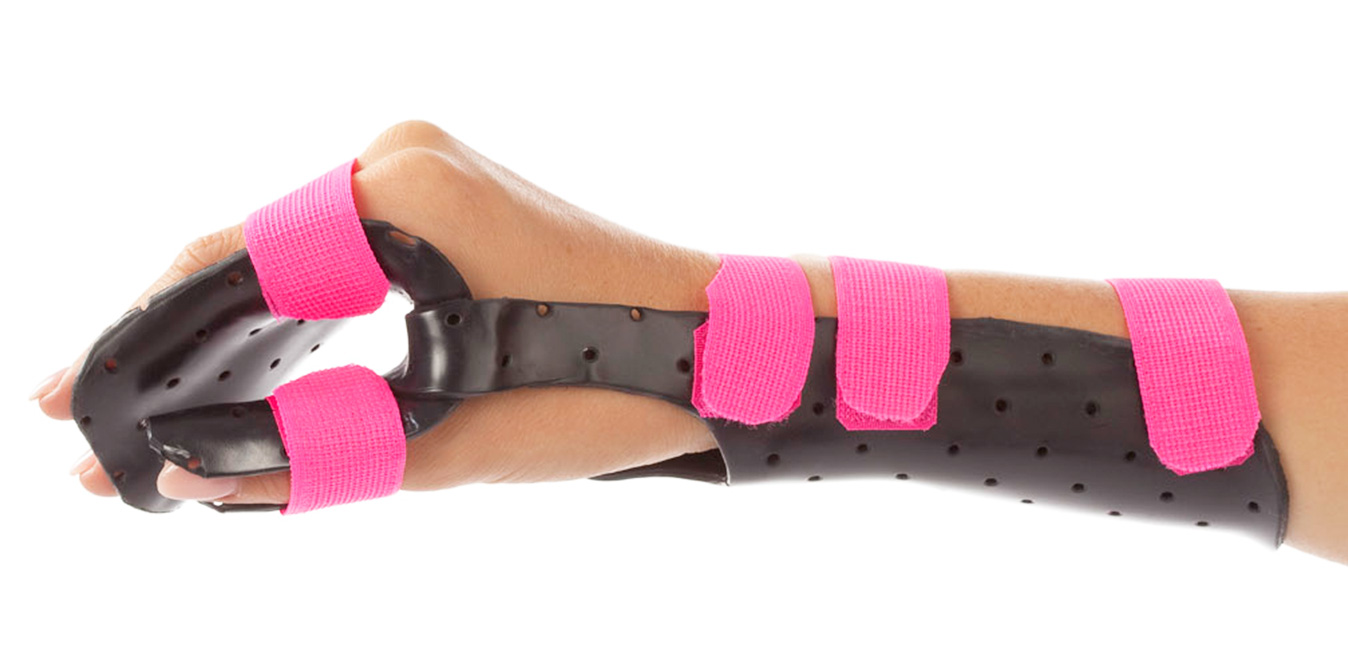
A highly rigid material, such as Orfit Eco, is ideal for orthoses that need to maintain a volar based anti-tone position or protect a displaced fracture
- On the other spectrum, will the intended orthosis be placed on the dorsum of the hand? A highly conforming material, such as Orfilight (NS), is better suited for draping over the flexed MCP joints and the prominent ulnar head.
4. Non-stick coated or non-coated?
Non-stick (NS) coated materials will not bond accidentally to themselves (or the towel) and are generally easier to work with than non-coated materials. NS coated materials can be pinched together to form circumferential orthoses and then popped open when the material has cooled. This technique is much more difficult with non-coated materials.
Choose non-coated materials when you need to attach outriggers or bond layers together firmly. Keep in mind that the coating can also be scraped off on NS coated materials. When the material is then heated with dry heat, you can form permanent bonds.
All materials with NS in their product name have a non-stick coating, like Orfit Colors NS, Aquafit NS, etc.
5. High or low memory?
Remember that memory is the material’s ability to return to its former size after activation in hot water, moulding with stretch and cooling. All thermoplastic materials will revert to a flattened state when put back into hot water.
Products with memory will shrink back to the starting shape and size. This allows the therapist to remake an orthosis if there was a problem with the original positioning or if the patient now has less oedema than before and the orthosis needs to be reformed and remoulded.
Choose a product with memory, such as Orfit Classic and Orfit NS, if this is an important consideration.
6. Light or heavy?
You might want to consider the additional weight burden the orthosis will place on the patient’s injured extremity. If possible, choose the material that meets all of the above criteria but has the lightest weight possible.
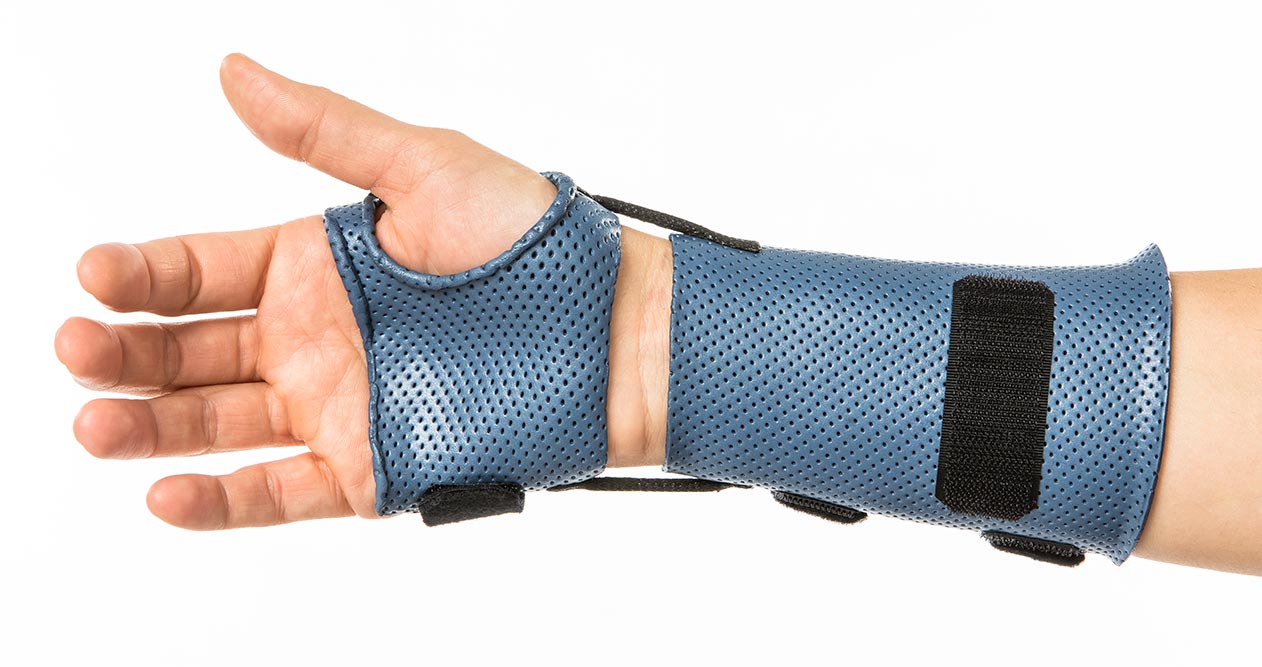
Consider the weight of the orthosis. If possible choose a lightweight material, such as Orfilight NS.
Heavy materials might be required for patients with high tone or larger limbs. But smaller frame adults, the elderly, and pediatric patients will all benefit from lighter orthoses. Those can be made from lighter materials such as Orfilight and Orfilight NS products as well as Orficast and Orficast More.
These 6 points will help you in the decision making process. Think of these when the next orthosis must be fabricated for a new patient. Over time, these concepts will become second nature and you will gravitate towards the best and most appropriate material for any given orthosis.
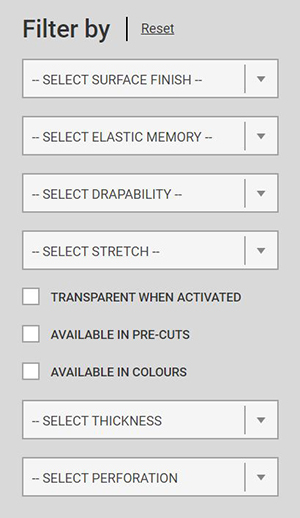 Tip! Use the “Filter By” on our Thermoplastic Products Page, to fill out all the criteria you need for your orthosis and you will find a selection of the most appropriate thermoplastic materials.
Tip! Use the “Filter By” on our Thermoplastic Products Page, to fill out all the criteria you need for your orthosis and you will find a selection of the most appropriate thermoplastic materials.
![]()

Written by Debby Schwartz, OTD, OTR/L, CHT
Physical Rehabilitation Product and Educational Specialist at Orfit Industries America.
Debby is a certified hand therapist with over 36 years of clinical experience. She completed her Doctorate of Occupational Therapy at Rocky Mountain University of Health Professions in 2010. She has worked at Orfit Industries America as Product and Educational Specialist since 2007.
Debby is also an adjunct professor at the Occupational Therapy Department of Touro University, School of Health Sciences, and at the Occupational Therapy Department at Yeshiva University, Katz School of Science and Health in NYC. She has written many book chapters in the field of hand therapy and multiple articles for hand therapy journals, including the ASHT Times and the Journal of Hand Therapy. She has published a new textbook on orthotic fabrication together with Dr. Katherine Schofield, entitled “Orthotic Design and Fabrication for the Upper Extremity: A Practical Guide”.
![]()
If you’d like to receive the latest product updates and interesting Orfit news, subscribe to our newsletter:

